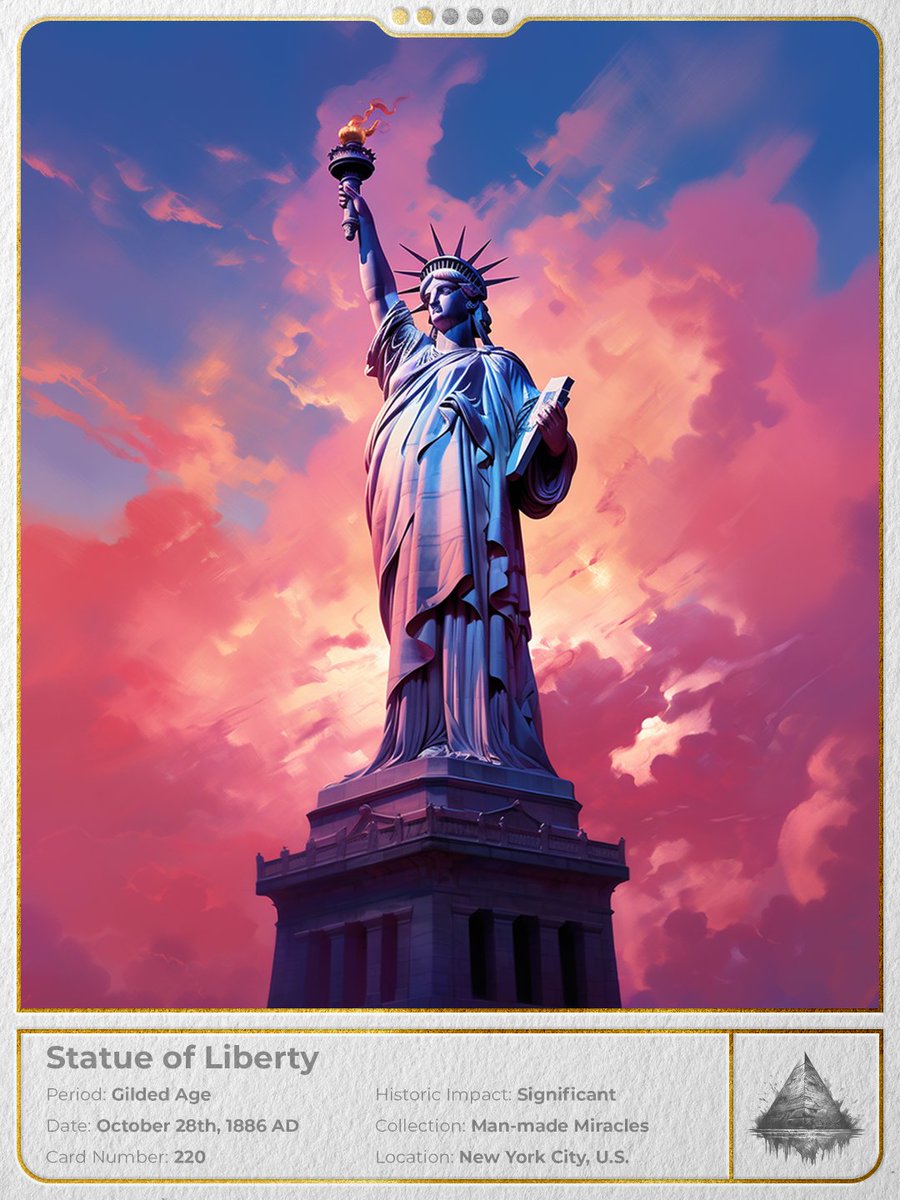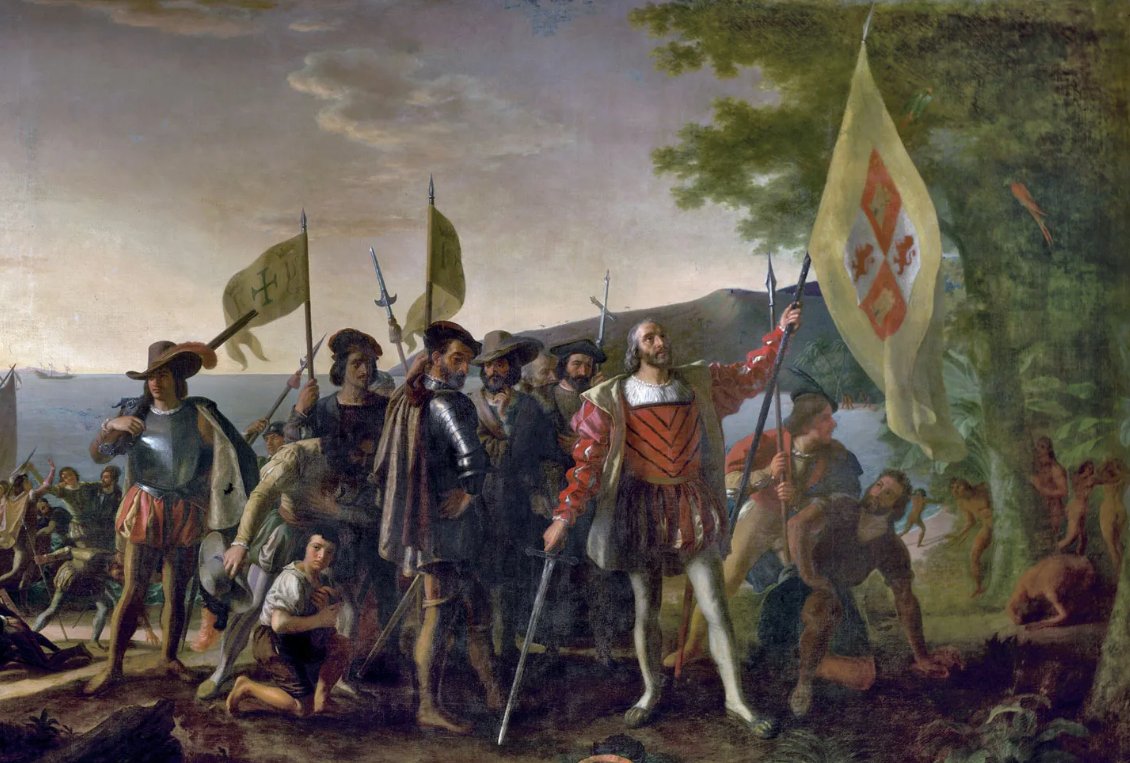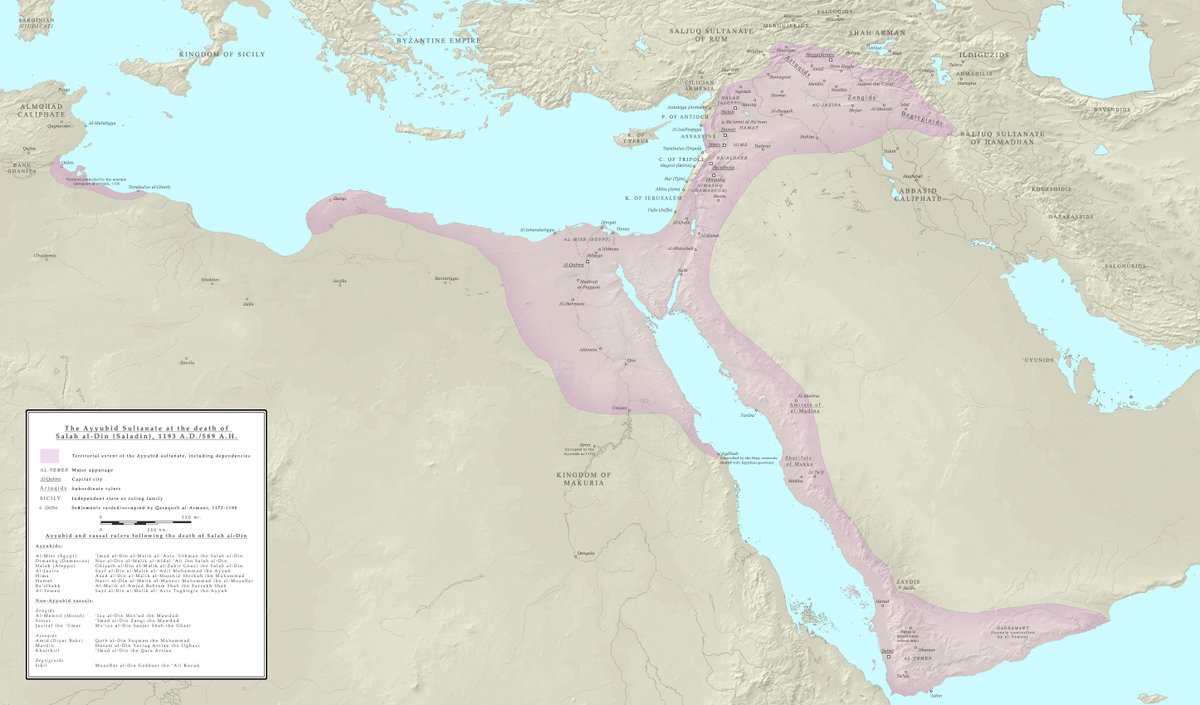She ruled American imagination for over a century.
A Roman goddess reborn for the New World.
Her name was Columbia, but America forgot about her.
This is the tale of her rise and fall, and why we need her back.
🧵👇
A Roman goddess reborn for the New World.
Her name was Columbia, but America forgot about her.
This is the tale of her rise and fall, and why we need her back.
🧵👇

Before there was “Uncle Sam.”
Before the Statue of Liberty.
Before America saw herself as a businessman, a cowboy, or a soldier...
She saw herself as a goddess.
Before the Statue of Liberty.
Before America saw herself as a businessman, a cowboy, or a soldier...
She saw herself as a goddess.

Columbia was born not in myth, but in poetry.
In the early 1700s, English writers coined her name from Christopher Columbus, turning “Columbia” into a feminine symbol of the New World.
In the early 1700s, English writers coined her name from Christopher Columbus, turning “Columbia” into a feminine symbol of the New World.

By the time of the American Revolution, she had taken form.
Writers and patriots invoked her in speeches and songs.
To rebel against a king, they needed more than muskets.
They needed an ideal.
Writers and patriots invoked her in speeches and songs.
To rebel against a king, they needed more than muskets.
They needed an ideal.

She became that ideal.
A new Minerva, born of reason.
A new Liberty, crowned in stars.
Columbia was more than a symbol, she was a promise.
A new Minerva, born of reason.
A new Liberty, crowned in stars.
Columbia was more than a symbol, she was a promise.

She stood for revolution, for liberty, for a break with the Old World.
Not a nation of kings, but a nation of ideals, guarded by a goddess.
Not a nation of kings, but a nation of ideals, guarded by a goddess.
Through the 19th century, Columbia ruled art, literature, and imagination.
She appeared on flags, coins, and patriotic posters.
She led parades and wartime rallies.
She was America.
She appeared on flags, coins, and patriotic posters.
She led parades and wartime rallies.
She was America.

Artists dressed her in classical robes.
She wore a liberty cap or a crown of stars.
In one hand, she held a shield or sword.
In the other—an olive branch, or the torch of enlightenment.
She wore a liberty cap or a crown of stars.
In one hand, she held a shield or sword.
In the other—an olive branch, or the torch of enlightenment.

She wasn’t soft.
She was a goddess of war and peace.
She urged men to battle, mourned the fallen, and welcomed them home.
She was a goddess of war and peace.
She urged men to battle, mourned the fallen, and welcomed them home.
By the 1870s, Columbia symbolized Manifest Destiny and the push westward, says historian Michael D. Hattem.
Her most iconic depiction came in John Gast’s 1872 painting American Progress, where she leads settlers west, bringing light and civilization.
Her most iconic depiction came in John Gast’s 1872 painting American Progress, where she leads settlers west, bringing light and civilization.

In 1893, Columbia (the sculpture is named "The Republic") stood at the center of the World’s Columbian Exposition in Chicago.
A towering statue, welcoming the visitors.
She represented not just the United States, but its ambition to lead the world.
A towering statue, welcoming the visitors.
She represented not just the United States, but its ambition to lead the world.

The image was clear:
A new Rome was rising.
Columbia would be its guardian.
A new Rome was rising.
Columbia would be its guardian.
But even then, cracks had begun to show.
Her image, mythic, female, poetic, was fading.
Something else was coming. Something more masculine.
Her image, mythic, female, poetic, was fading.
Something else was coming. Something more masculine.
Enter Uncle Sam.
During the War of 1812, he was just a joke.
A nickname for government beef.
But by World War I, he was the face of the nation.
During the War of 1812, he was just a joke.
A nickname for government beef.
But by World War I, he was the face of the nation.

Why? Because America was changing.
Industrializing. Expanding. Fighting wars.
Columbia was grace.
Uncle Sam was grit.
Industrializing. Expanding. Fighting wars.
Columbia was grace.
Uncle Sam was grit.

She stood for liberty and enlightenment.
He stood for recruitment and power.
He stood for recruitment and power.
Soon, Columbia was pushed to the sidelines.
In World War I posters, she still appeared, pleading, praying, crying.
But she no longer commanded.
In World War I posters, she still appeared, pleading, praying, crying.
But she no longer commanded.

In the 20th century, she became a ghost.
Statues of Columbia stopped being built.
Her name faded from headlines.
Her meaning was forgotten.
Statues of Columbia stopped being built.
Her name faded from headlines.
Her meaning was forgotten.
Even her name, once synonymous with America, was buried.
“Columbia” became a river, a university, a district.
Few remembered the goddess behind them.
“Columbia” became a river, a university, a district.
Few remembered the goddess behind them.
And yet, she lingers.
Look closely.
She’s on the dome of the U.S. Capitol, in bronze.
She stands on old war memorials, grieving or triumphant.
Look closely.
She’s on the dome of the U.S. Capitol, in bronze.
She stands on old war memorials, grieving or triumphant.

Even Hollywood honored her.
By 1924, Columbia Pictures had adopted her as their logo.
Torch in hand, draped in white, she still opens films with silent dignity.
By 1924, Columbia Pictures had adopted her as their logo.
Torch in hand, draped in white, she still opens films with silent dignity.

So why did we forget her?
Her image became harder to use.
She was female, classical, elevated.
And in a century of mass politics and marketing, her ideals were not always convenient.
Her image became harder to use.
She was female, classical, elevated.
And in a century of mass politics and marketing, her ideals were not always convenient.
Uncle Sam gave orders.
The cowboy roamed free.
The soldier fought.
But Columbia asked questions. She reminded America who it claimed to be.
The cowboy roamed free.
The soldier fought.
But Columbia asked questions. She reminded America who it claimed to be.

She was a conscience in robes.
And nations, like people, don’t always want to look in the mirror.
And nations, like people, don’t always want to look in the mirror.
But today, her absence is felt.
As America struggles with identity, division, and memory—
Who speaks for the nation’s ideals?
As America struggles with identity, division, and memory—
Who speaks for the nation’s ideals?

Columbia never stood for party or profit.
She stood for principle.
She was a compass, not a fist.
She stood for principle.
She was a compass, not a fist.
When immigrants arrived in the 19th century, they were welcomed in her name and by the illumination of her torch. 

When abolitionists called for justice, they used her name.
Not for vengeance, but for freedom.
And when soldiers went to war, they marched for her.
Not for oil or power, but for the “land Columbia loved.”
Not for vengeance, but for freedom.
And when soldiers went to war, they marched for her.
Not for oil or power, but for the “land Columbia loved.”
Here is my take: America doesn’t need another icon.
It needs back her soul.
A reminder of what it was born to be, and what it must become again.
It needs back her soul.
A reminder of what it was born to be, and what it must become again.

Thanks for sticking with me.
If you feel Inspired, I'd love you to join the cause by following @GodPlaysCards
If you feel Inspired, I'd love you to join the cause by following @GodPlaysCards

• • •
Missing some Tweet in this thread? You can try to
force a refresh






















